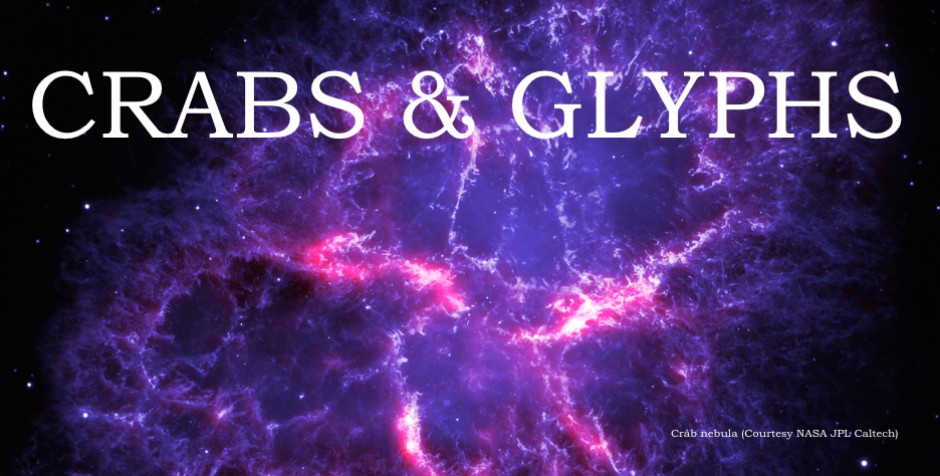February 22, 2020
The article now published in the Codex at the University of Pennsylvania Museum of Archaeology and Anthropology (website: precolumbian.org) that explains the Maya connection to the probable outburst that possibly was observed by the Maya in AD 417 is available here:
Grammar in the Script Oct 2019-Feb 2020-modified
Appendix to accompany _Glyph Y as Lords of the Night G6 glyph_
February 6, 2020
Recently my colleague David Asher and I completed a paper entitled , “Orbital dynamics of highly probable but rare Orionid outbursts possibly observed by the ancient Maya.” A preprint is availble here,
Kinsman-Asher-Maya_Orionids-MNRAS
Go to this MNRAS (Monthly Notices of the Royal Astronomical Society) link to view the paper as it will come out in hard copy.
We analyzed 30 different dates in the Maya corpus in the AD 250-900 time frame through orbital integrations to see if any Orionid outbursts would be revealed close to any of those dates. Out of 30, we found two years, 417 and 585 that showed a probable meteor outburst that the Maya might have seen. An outburst was reported by China in AD 585, and we were able to verify that observation. Only one other year, AD 288, was recorded by China, so our result was consistent with the historical record.
We first presented the results of our research at the Meteoroids 2019 conference in Bratislava, Slovakia, June 17-21, 2019.
February 28, 2018
Added from the latest issue of The Codex at the U. of Penn Museum of Archaeology and Anthropology: a compendium of Mesoamerican terms applying to meteors and meteorites. Part 2 including comets will be added at a later date.
At the 2016 Meteoroids Conference in Noordvijk, Netherlands, June 6-10, the author and astronomer D. J. Asher (Armagh Observatory & Planetarium, Armagh, UK) presented findings of their high-speed numerical integrations testing dates recorded in the Maya hieroglyphic script for occurrences of Eta Aquariid outbursts. The paper detailing these findings, “Evidence of Eta Aquariid outbursts recorded in the Classic Maya hieroglyphic script using orbital integrations,” is now in print in Planetary and Space Science 144 (2017) 112-125: preprint-Planetary & Space Science
The highlights of this paper are:
- First scientific investigation of any meteor outbursts being observed on specific dates in the ancient Maya culture.
- Our model validated by successfully explaining several outbursts recorded by ancient China.
- Possible connection established to the eta Aquariid shower with royal accessions in the Maya Classic Period.
- Possible outbursts caused by recent Comet Halley trails or particles trapped in both Jovian and Saturnian resonances.
- Extreme outbursts in AD 531 possibly noted by the Maya.
- Possible, though at this time very speculative, connection between the accession of Spearthrower Owl in 374 and the second closest approach of Comet Halley to Earth on April 1, 374.
Further explanations of the research are found in a recent publication by the author in the journal “The Codex, at the University of Pennsylvania Museum of Archaeology and Anthropology,” Volume 25, Issue 3, June 2017, also here: Kinsman-Outburst-AD-531-Codex-UPenn-Mus-(25)-26-55
The Codex essay expands on three other points:
- the highly probable outburst on the morning of April 10, 531, possibly indicated by the royal accession of K’an I at the site of Caracol, Belize on 9.4.16.13.3, 4 Ak’bal 16 Pohp, April 14, 531 (584286 correlation).
- the phrase jatz’bihtuun found three times on Naranjo Altar 2 and once on Tikal Temple VI (Temple of the Inscriptions) possibly meaning the strike of a meteor/ meteor outburst as opposed to other meanings (see David Stuart’s “Hit the Road” [December 7, 2007], ” ‘White Owl Jaguar’: A Tikal Royal Ancestor” [November 4, 2007] and “Dating Tikal’s Mendez Causeway” [February 16, 2012]). Also see Simon Martin’s revision of the jatz’ bihtuun date on Tikal Temple VI (date F, F13-E14) found in The PARI Journal, Volume XV, No.3, Winter 2015, “The Dedication of Tikal Temple VI: a Revised Chronology”.
- a further connection of the eta Aquariids to the primordial date 12.10.12.14.18, 1 Etz’nab’ 6 Yaxk’in (3298 BC, March 17) found in passage S-2 on the platform in Temple XIX (see D. Stuart, “The Inscriptions from Temple XIX at Palenque,” 2005:68-77), including a proposal for translation of the glyph collocation at F5 as nak[al] pojow/pojw? [aj] to mean “causing/creating excrement (pus) to flow from the sky or heavens,” i.e. a meteor shower.
Additional papers:
“Meteor Showers in the Ancient Maya Hieroglyphic Codices”: Kinsman-835-1400-1-PB-showers
(in Proceedings of the Meteoroids 2013 Conference, Aug. 26-30, 2013, A. M. University, Poznan, Poland, Adam Mickiewicz Univ. Press. pp. 87-101.
Some basics of meteor showers (including explanation of the term solar longitude) and background related to the Maya (revised [30 April 2014] recent article written for The Codex at the University of Pennsylvania Museum of Archaeology and Anthropology).
Meteor Showers in the script, part 2-Kinsman
Discussion of evidence for AD 775 and 933 Perseid meteor showers found in the Maya codices, cognate eclipse almanacs Dresden D.38b-D.41b and Madrid M.10a-M.13a. Solution valid for correlation constants 584283–584286. (June 2014 issue The Codex at the University of Pennsylvania Museum of Archaeology and Anthropology).
A Rationale for the Initial Date on T.XIX-rev-june23-2015
Discussion of possible reasoning for the initial date inscribed on the platform found in Temple XIX at the site of Palenque (The Codex at the University of Pennsylvania Museum of Archaeology and Anthropology, Volume 23, Issue 3, June 2015 [slightly revised version found here]).
